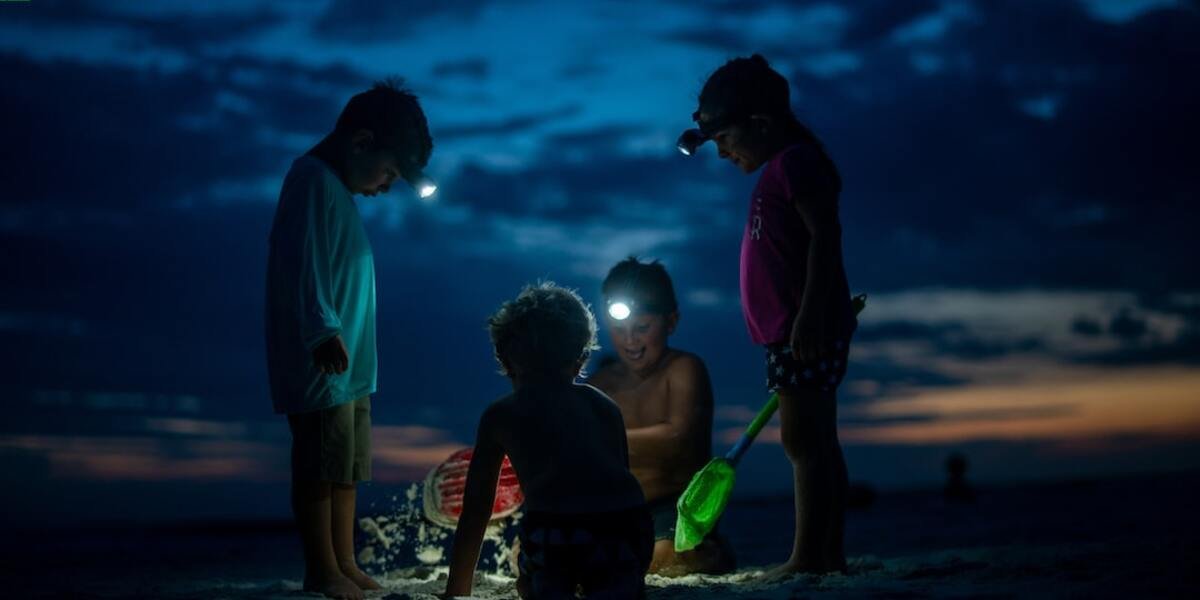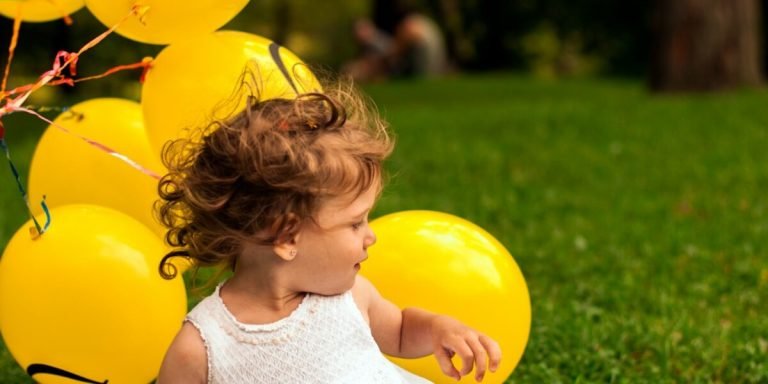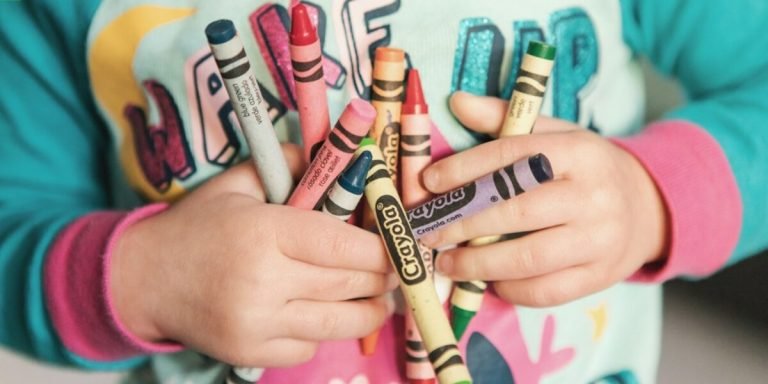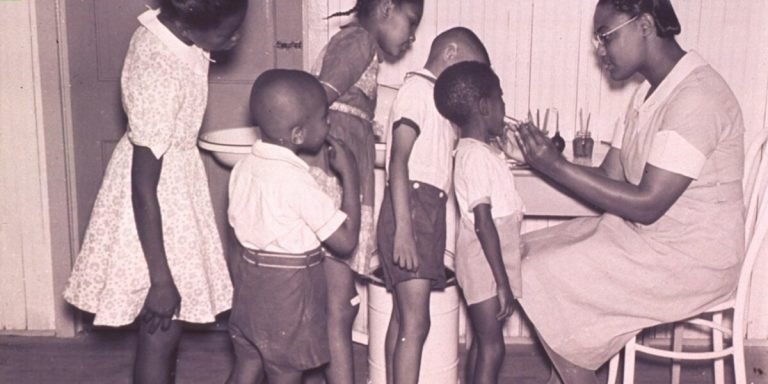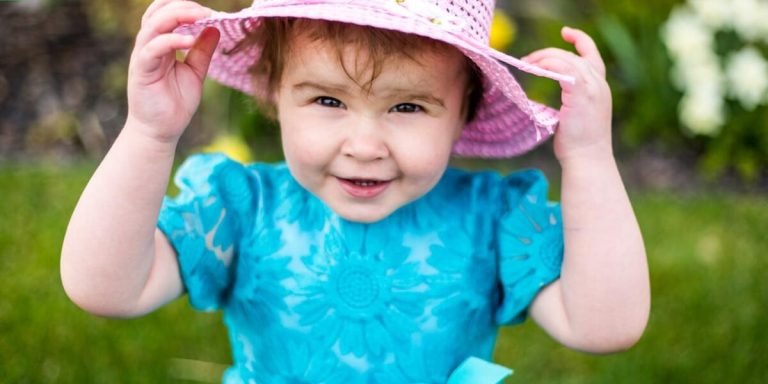IEP Examples: A Comprehensive Guide for Parents and Educators
The world of childhood education can be a maze, especially when it comes to understanding and developing Individualized Education Programs (IEPs). To navigate this uncharted territory effectively, parents and educators need to understand IEP examples that delineate how these programs are designed and implemented.
This comprehensive guide aims at providing you with detailed insights into various iep examples. We will explore diverse aspects such as the elements involved in writing an effective program, best approaches for achieving set objectives, adaptations based on individual needs among others. Equipped with this knowledge, both parents and educators can collaborate seamlessly towards shaping successful futures for children needing specialized educational plans.
Did you know?
Did you know? Approximately 6 million students in the U.S. receive special education services under the Individualized Education Program (IEP) – that’s about 13% of all public school students!
Understanding IEP Examples in Early Childhood Education
In the ever-evolving world of early childhood education, one concept that stands out is Individualized Education Program (IEP). IEPs are specialized plans designed to help children with disabilities meet their unique educational needs. These faithfull allies play a crucial role in ensuring every child’s right to an inclusive and comprehensive learning environment.
Illustrating this through adequate examples can serve as invaluable guidance for parents and educators alike.
Establishing a clear understanding of IEP examples paves the way towards mitigating challenges associated with educating young learners having specific needs. For instance, consider a preschooler identified with speech delays; her individualized plan might include goals like improving articulation skills or enhancing vocabulary range within certain timelines. An essential part of such goals could be regular sessions with speech-language pathologists facilitated by school administrators to ensure continuity in progress.
An effective illustration showcases how educators and therapists work collaboratively over time, making periodic modifications based on student performance or changing requirements—a key aspect underscoring the dynamic nature of IEPs.
Regardless if it remains unfamiliar terrain for some still staying up-to-date about these facets enables caregivers & mentors foster conducive environments nurturing holistic growth amongst youngsters during their prime developmental years—testament to why comprehension via real-world scenarios forms vital pieces completing Early Childhood Education puzzle today!
The Role of Individualized Education Programs (IEP) for Young Learners
Individualized Education Programs (IEP) form a vital part of early childhood education, particularly for children who may have special needs or disabilities. Understanding iep examples can guide parents and educators in developing effective plans tailored to each child’s unique requirements.
Firstly, it is important to grasp what an IEP entails. It’s essentially a legal document under the United States law that spells out your child’s learning needs, services the school will supply, and how progress will be measured. The overall purpose of this program is not just academic growth but also achieving set milestones – both physical and mental.
Several key elements underscore every successful Individualized Education Program making them more relatable for anyone trying to figure out via ‘iep examples’. These include clear statements about your child’s present levels of performance on various fronts such as academics and functional skills like communication; detailed annual goals which are measurable; explanation about why — considering their circumstances — some kids may not participate with non-disabled peers in regular class setting or activities among others.
Let us delve into practical iep examples in early childhood settings:
1. A preschooler having cerebral palsy might require additional supports during playtime due to mobility issues – Their IEP could then stipulate modified outdoor equipment along with extra supervision.
2. There could be another youngster diagnosed with autism whose spontaneous speech does take time – An applicable IEP would outline dedicated sessions working closely alongside a speech-language pathologist.
Key Components of Effective IEPs in Preschool Settings
Creating an effective Individualized Educational Program (IEP) is a key part of early childhood education for children with special needs. If you’re seeking some “iep examples”, consider the following crucial components that are often found in successful IEPs within preschool settings.
1. **Clearly Defined Long and Short-Term Goals:** One critical element present in successful iep examples is clear, defined goals – both long and short term ones. These should be tailored to each child’s specific strengths and weaknesses, laying out measurable targets for progress over time.
2. **Personal Learning Strategies:** Effective IEPs include strategies or supports designed around the individual learning styles of each student they cater to. This could encompass anything from visual aids used during instruction to frequent breaks factored into their daily routine.
Crafting Targeted IEP Goals for Developmental Milestones
Crafting targeted Individualized Education Program (IEP) goals is a critical aspect of early childhood education. Especially for children facing developmental challenges, this personalized educational map aids in setting and achieving important milestones. In 2023, understanding how to create effective IEPs that are actionable, measurable, and beneficial to the child’s development has never been more crucial.
To chart an efficacious IEP goal path requires comprehensive knowledge about the specific developmental stage your child or student stands at presently. One must understand what abilities should typically be manifesting at their age level so as not to set unrealistic expectations while drafting these objectives. A fine balance between pushing boundaries for growth and ensuring comfortability needs maintaining all through.
While conceptualizing IEP examples consider focusing on key areas such as communication skills improvement which can enhance both social interactions & learning experiences; cognitive skill enrichment aimed towards problem-solving capabilities enhancement; motor skills refinement like coordinating movements efficiently etc., according to individual need basis above anything else!
In essence, when you carefully craft targeted IEP goals considering each youngster’s unique requirements with respect toward their progress rate potential—it places them onto pathways where they’re capable maximising personal potentials fullest way possible! Hence take time doing it right—remember providing holistic support across various facets life ensures rounded development.
Identifying Core Learning Objectives in Early Childhood IEPs
Understanding the significance of Individualized Education Programs (IEP) is utmost important for parents, educators and child specialists alike. More so when it comes to early childhood education as this phase serves as a foundational step in children’s learning journey.
The first step towards crafting targeted IEP goals is identifying core learning objectives, specifically pertaining to little learners. This ensures that young children with special needs or disabilities are provided appropriate support to achieve developmental milestones effectively.
To personalize an IEP, you need to deeply understand the child’s unique abilities, strengths, and areas for improvement. Here’s our approach:
1. Focus on Fundamental Skills: Factor in skills like cognitive development, social-emotional competence, speech & language abilities, physical motor dexterity etc., while setting out initial benchmarks. These fundamental aspects lay down groundwork for further academic advancement.
2.Resilience-building Objectives: Incorporate resilience-boosting strategies within your classroom instruction plans such as problem-solving exercises or activities promoting independence; thereby strengthening self-confidence amongst youngsters.
3.Academic Goals Tied-up with Real Life Scenarios: A crucial tip here would be linking academics directly with real life contexts where possible – enabling students understand practical implications better.
4.Tailored Teaching Techniques Adapting Unique Learning Styles: Use iep examples illustrating various teaching methods aimed at differentiating instructions according to individual learner profiles involving numerous sensory modalities such as visual aids / auditory tools etc., facilitating more sustained engagement levels.
Incorporating Play-Based Strategies into Educational Plans
Understanding your child’s unique learning needs is integral to their growth and development. One way of ensuring this understanding translates into positive educational outcomes is by incorporating play-based strategies into Individualized Education Programs (IEPs). With the right IEP examples, such a plan can become an efficient tool for early childhood education in 2023.
In essence, an IEP combines standard teaching methods with specific accommodations tailored towards meeting developmental milestones peculiar to each child. It targets evaluated areas where additional support may be needed. A well-crafted IEP aims at enriching a child’s overall learning experience while providing measurable goals that monitor progress over time.
One cannot overemphasize the importance of integrating play-based strategies within these plans. Play provides children with opportunities to engage in hands-on activities which offer sensory-rich environments ideal for skill acquisition and building self-confidence.
For instance, pretend-play scenarios could help improve language skills or social interactions while figuring games like puzzles or playing blocks promote problem-solving abilities alongside motor coordination enhancements.
Additionally, interactive games involving rules cultivate patience & cooperative attributes; thereby preparing kids not only academically but holistically nurturing readiness aptitudes required throughout life transitions starting from school admissions onwards!
Collaborative Approaches to Implementing IEPs in Early Learning Environments
Collaborative approaches have become an indispensable part of implementing Individualized Education Programs (IEPs) in early learning environments. As we navigate through the dynamics of teaching in 2023, integrating IEPs effectively has grown increasingly important to promote inclusivity and differentiated instruction at a young age. With customized learning objectives designed for each child’s unique needs, these programs are ensuring that no learner is left behind.
Implementing an effective IEP necessitates teamwork between therapists, educators, parents and students alike; where everyone understands their role towards achieving common educational goals for the child involved. In this context, collaboration does not merely mean working together but involves actively seeking insights from all stakeholders while making critical decisions about the student’s education plan. These joint efforts ensure comprehensive mapping out of strategies that foster development along with academic growth right from an early stage.
Collaborative methods enhance overall classroom engagement by allowing children of diverse abilities to participate equally with their peers. These methods prevent the isolation or need for remedial help on the sidelines that was common in the past. The past lack of proper implementation guidelines in classroom scenarios has led to this situation. However, perceptions within childhood education have transformed in recent years. This shift has drastically improved standards compared to past norms, which were often flawed and lacked respect for inclusive values. By nurturing potential without biased views that adversely impact holistic well-being, these changes are paving the way for progressive educational spaces globally.
Fostering Teamwork Among Educators, Therapists, and Families
In the journey of implementing Individualized Education Programs (IEP) effectively, teamwork occupies a prime position. The successful realization of IEPs necessitates an all-inclusive approach that brings together educators, therapists and families under one collaborative umbrella.
One common challenge encountered in early learning environments is ensuring a seamless integration between different supporting units responsible for child development. Fostering cooperation among these groups involves creating bridges of understanding where each entity appreciates their distinct roles while recognizing how they intersect with others’ responsibilities.
Firstly, let’s delve into collaborations among educators and therapists – integral components to delivering iep examples. Teachers possess comprehensive knowledge about curriculum standards whereas therapists have expertize on specific interventions needed by children diagnosed with certain disabilities or developmental delays. When teachers incorporate insights from therapy sessions into classroom instruction strategies, it can support generalizations learned during those sessions thereby helping children experience success in wider settings.
Active partnerships between schools and families significantly enhance a student’s progress toward meeting IEP (Individualized Education Program) goals. Parents typically reinforce school efforts by managing tasks at home. Effective cooperation includes:
- Regularly communicating about IEP objective progress updates.
- Sharing successful techniques used at both school and home.
This approach ensures consistent support across the various settings that young learners navigate, leading to marked improvements in Early Childhood Education. Collective action clearly yields results, ensuring everyone moves forward together and establishing effective methods for building foundational skills for the future.
Monitoring Progress and Adapting Strategies for Optimal Child Development
Monitoring the progress of a child and adapting strategies is crucial in implementing Individualized Education Programs (IEPs) effectively within early learning environments. Here, we delve into this subject matter by examining facets such as goal-setting, assessment procedures, modification techniques, and practical IEP examples.
To begin with, setting achievable goals forms the backbone of any successful IEP plan. Children’s potentials can be maximized when their unique abilities are recognized and nurtured through well-articulated objectives tailored to their needs.
For instance: A three-year-old showing signs of language delay may have an IEP goal set like – “The child will use simple 3-4 word sentences to express wants or emotions during classroom activities”.
Next comes assessing whether these established goals are being met regularly or not; one meaningful way is through observation-based assessments which involve watching children interact in natural settings over time. Educators can then amass data around how often specific behaviors occur before initiating change tactics if necessary for improved outcomes.
Consider that same toddler from our previous example; educators might jot down every instance they see them attempting sentence formation each week providing valuable insights on progression rates while giving ideas about areas needing more focus.
Conclusion
In wrapping up, your newfound understanding of IEP examples places you in a much better position to advocate for the child’s needs. You can now navigate those planning meetings with confidence, equipped with strategies and terms that put the child’s best interests at heart. Remember, an effective Individualized Education Program isn’t just about fulfilling legalities—it’s about fostering environments where every learner thrives.
We invite you to continue browsing our website! We’re committed not only to demystifying educational jargon such as “IEP Examples,” but also guiding parents and educators through all aspects of childhood education. With plenty more resources available, from teaching strategies to emotional support advice—our goal is simple: let’s strive together for successful learning journeys because educating children requires both knowledge and heart.

